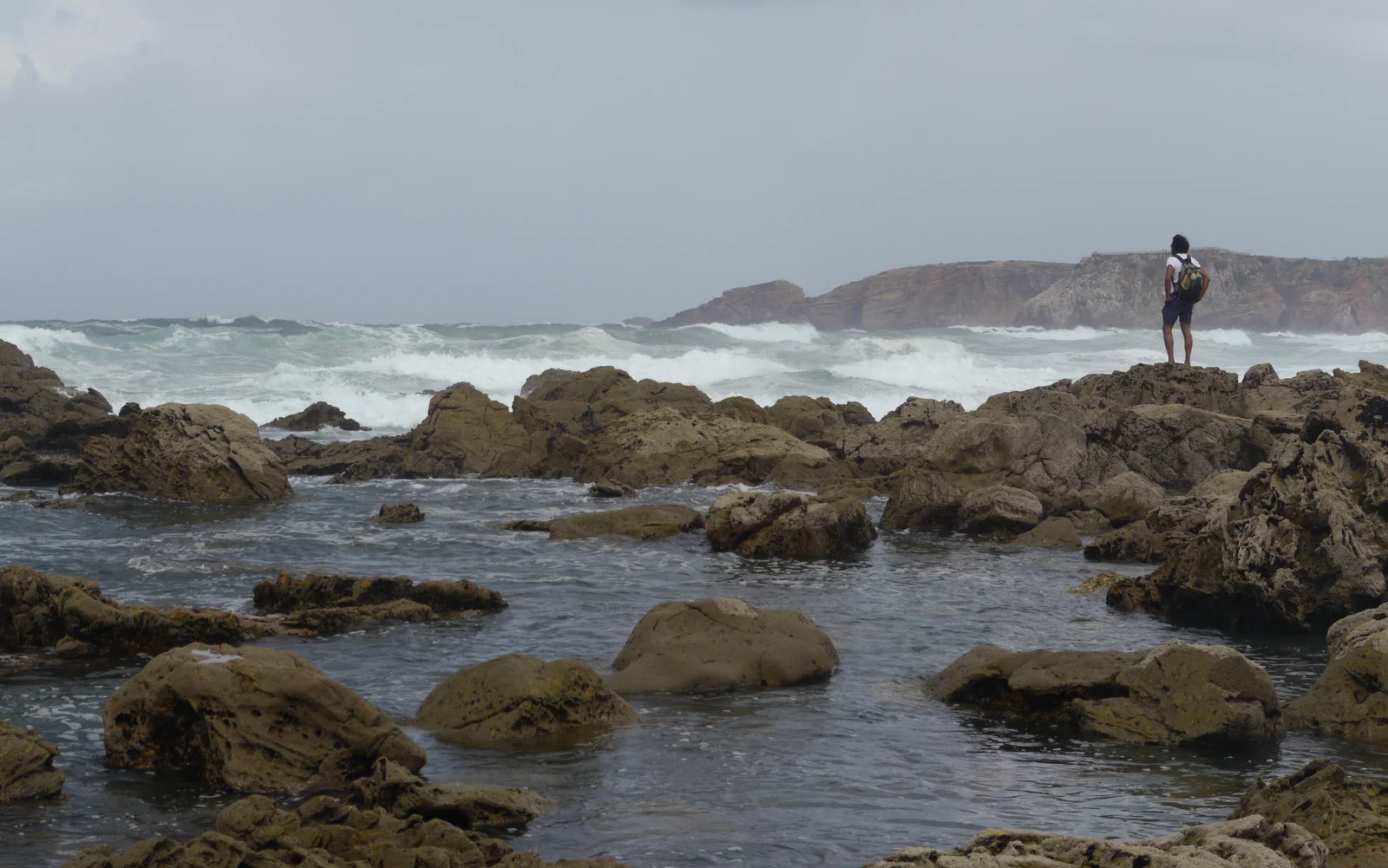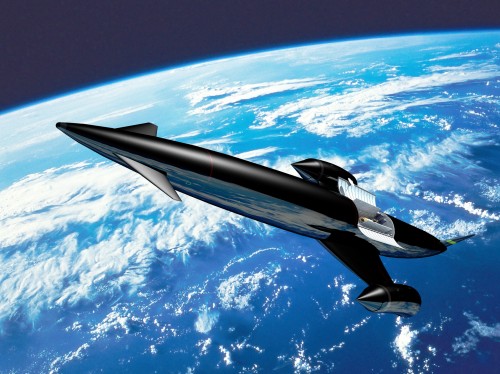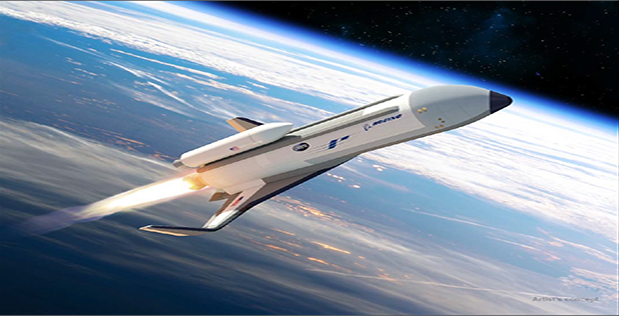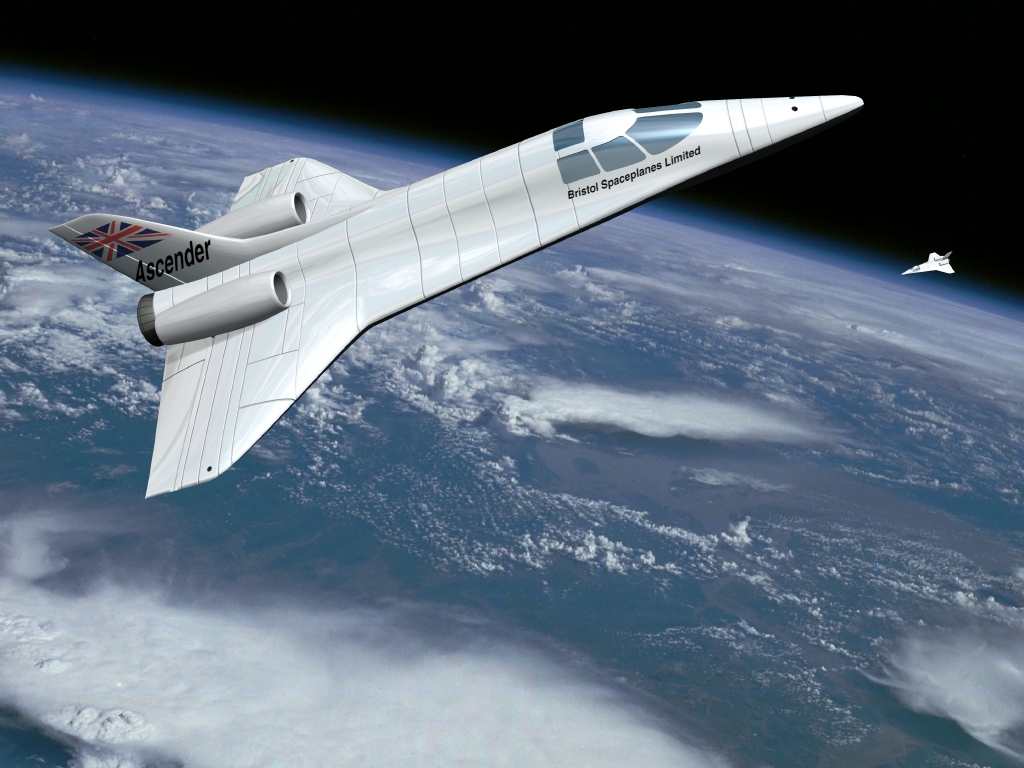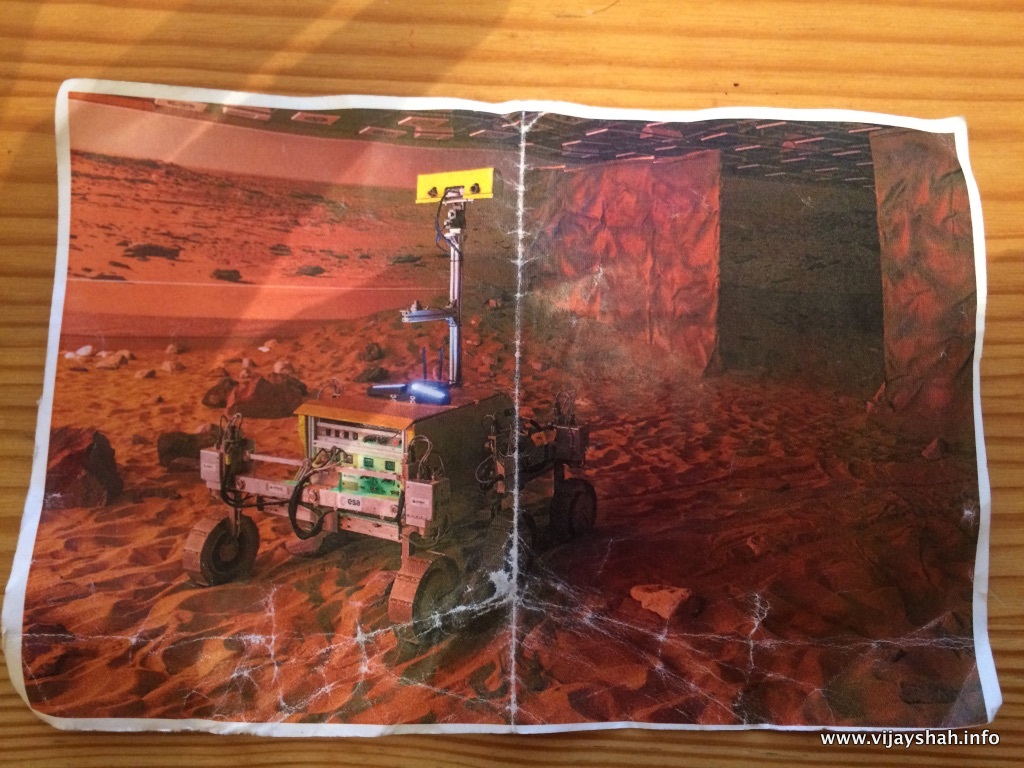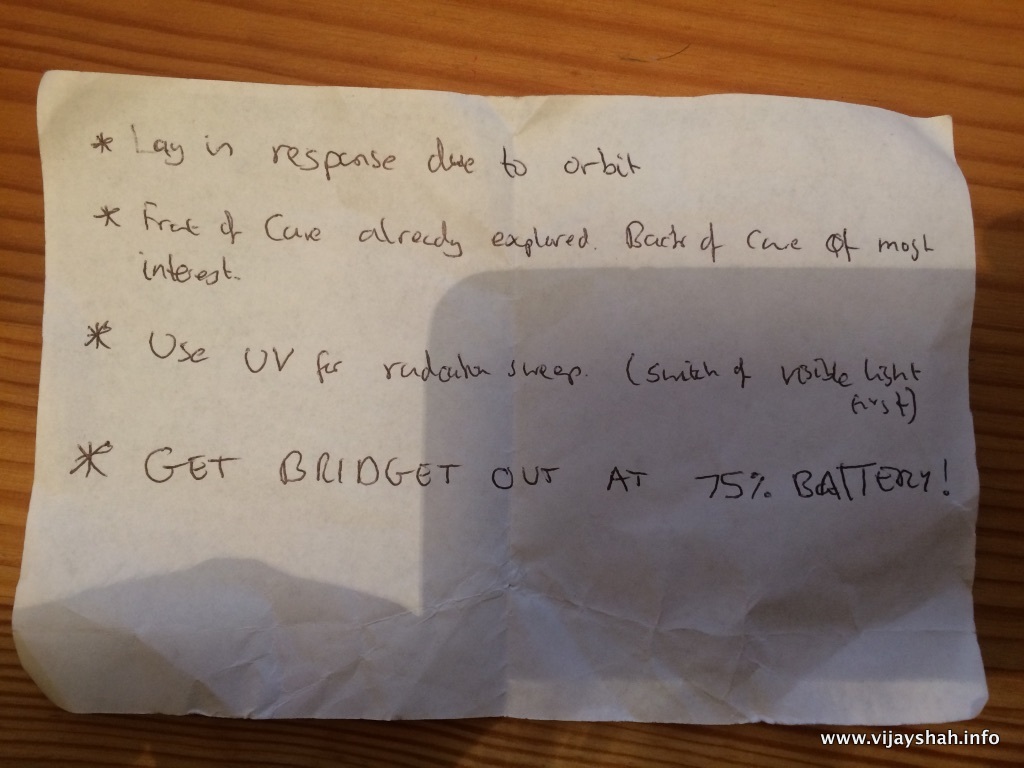**SPOILER ALERT** If you haven’t seen it yet, watch Astronauts: Do You Have What It Takes? Episode 4 on iPlayer first.
One of the tests that we were given was to present to the panel on a topic of space exploration. Being an aerospace engineer my talk was on a topic that has fascinated me since childhood: Access into Space.
Why The Future Must Have Wings
The hardest part of space travel in our near solar system is getting into space in the first place; out of our atmosphere.
So far the only way we have reached orbital spaceflight is by rockets and these, on the whole, are inefficient, expensive and unreliable.
In comparison, aircraft are very efficient, reusable and for anyone who has flown half way across the world on holiday, incredibly affordable.
In order to understand the difference between these two technologies that have developed over a similar timeframe we really need to understand how a rocket engine works:
· A rocket engine operates under the same principle of if release a blown up balloon. By accelerating a large amount of gas out of the back, an equal and opposite force is imparted onto the rocket pushing it upwards, as described by Newton’s third law of motion.
· The rocket is generating these hot, compressed gases internally through combustion. For any combustion be it a rocket or a campfire, you need three things: a fuel source, an oxygen source and a heat source. The rocket carries all of these components on board with it in stored energy and as a result becomes extremely heavy. This is evident when we see that the oxidiser is six times heavier than the fuel source!
· But this does give it one big advantage, the rocket can operate in the vacuum of space but must result in expending it’s stages as it goes up to reduce mass. And the atmosphere is just a hindrance.
In comparison, the airliner doesn’t see the atmosphere as a disadvantage but uses it beneficially in three different ways:
1. The atmosphere provides the aerodynamic lift on the wings providing the upwards force opposing gravity.
2. Instead of carrying the oxygen with it, the jet engine uses the oxygen in our atmosphere for combustion, and
3. Crucially the jet engines use the air as the working fluid or propellant. The big fans and compressors, suck the air in, compress it, heat it up in the combustion chamber and accelerate it out the back creating the equal and opposite force pushing the aircraft forward.
A much more elegant and efficient solution. Clearly the future of space access must our atmosphere as a benefit rather than always seeing it as a hindrance.
That’s why there is a lot of interest in developing single-stage-to-orbit spaceplanes.
A spaceplane takes off and lands just like an aircraft and uses an air-breathing engine and wings to climb to the upper reaches of our atmosphere travelling at Mach 5, or five times the speed of sound. As the air becomes too thin for the air-breathing engine, the intakes close off and it switches to a rocket engine, accelerating to Mach 25, for the last and final push into orbit.
Now imagine this, as our single stage to orbit vehicle hasn’t jettisoned it’s fuel tanks on its way to orbit, as soon as we reach orbit we have many more options open to us: We can refuel the spaceplane with a conveniently placed orbital refuelling station giving it enough fuel to gently pop over to the moon for a supply trip or a tourism visit and after a few days it will coast back to Earth and re-enter the Earth’s atmosphere. But the benefits don't just stop there, with the much superior re-entry characteristics the spaceplane offers it can land on one of several runways around the world and after a quick check over, a refuel, it is ready to go again. Completely reusable.
And that is why the future must have wings.
Astronauts: Do You Have What It Takes? Episode 5 is on Sunday 24th September at 8pm BBC2.
